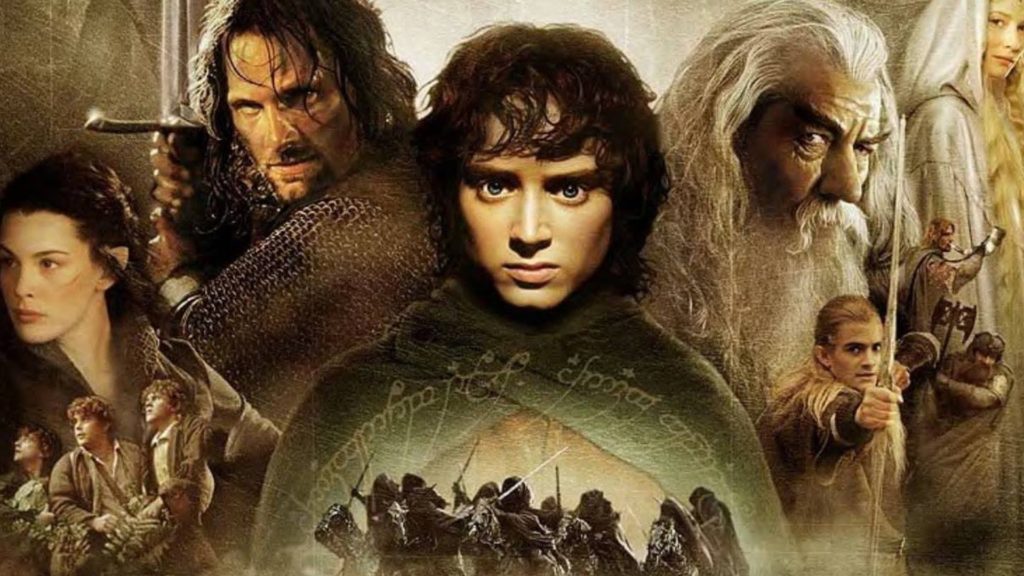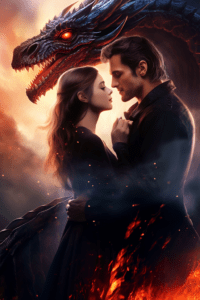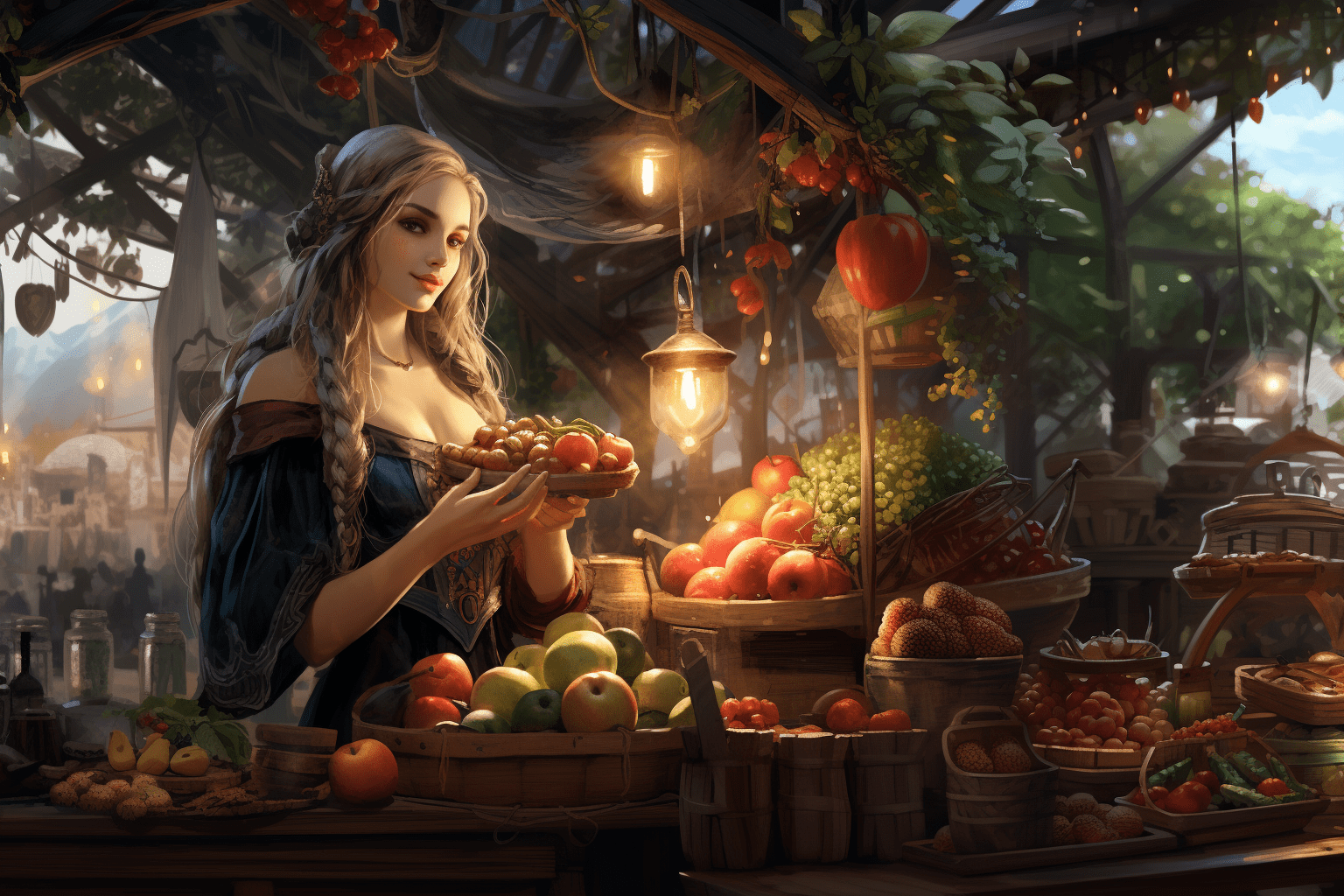Fantasy is an incredibly large and diverse genre with dozens of subgenres. I can’t go into detail about each and every fantasy subgenre, but I thought I’d explain some of the more common fantasy subgenres that you’re likely to run into.
High Fantasy / Epic Fantasy
This is what people typically think of when they hear “fantasy” novel. Books in this fantasy subgenre take place in a completely different world with unique races, cultures, governments, creatures, and environments. The main conflict often features epic quests, prophecies, and battles between good and evil. Examples of this subgenre include J.R.R. Tolkien’s The Lord of the Rings trilogy, George R.R. Martin’s Game of Thrones series, and Brandon Sanderson’s Cosmere novels such as The Stormlight Archive.

Low Fantasy
Low fantasy books take place in a version of our world that has magical elements in it. Magic may be less prevalent than in an epic fantasy novel and often must be hidden from “normal” people like the Muggles in J.K. Rowling’s Harry Potter series. Neil Gaiman’s American Gods and Anansi Boys and Good Omens by Terry Pratchett and Neil Gaiman are a few examples of this subgenre.
Urban Fantasy
Urban fantasy is a further subset of low fantasy where magical beings lurk in an urban environment. An example of books in this fantasy subgenre are Jim Butcher’s The Dresden Files books.
Romantasy or Romantic Fantasy
Romantasy or Romantic Fantasy is a relatively new (or newly popular) fantasy subgenre that brings a bit of fantasy into a romance book. Some examples of this are Sarah J. Maas’ A Court of Thorns and Roses (ACOTAR) series and Fourth Wing by Rebecca Yarros. The romance storyline is usually front and center in these books, so you can expect to see all of the regular romance story beats that romance readers crave. While other fantasy subgenres don’t shy away from sex, it’s often a main feature of the romantasy subgenre due to the emphasis on romance. There are still “closed-door” romantasy books or books that don’t have any sex in them at all such as Yumi and the Nightmare Painter by Brandon Sanderson; they just might be a little difficult to find.

Dark Fantasy
Dark fantasy books focus on an imperfect world and an imperfect protagonist and often incorporate elements of horror. Unlike horror, though, their main focus is not on scaring or disturbing the reader.
Horror Fantasy
Not all horror is fantasy, but some of it is. These stories delight in scaring or disturbing the reader, but in a supernatural or fantastical way. The Sandman is an interesting comic by Neil Gaiman that combines elements of both the dark fantasy and horror fantasy subgenres.
Historical Fantasy
Historical fantasy blends the supernatural elements of a fantasy story with historical settings. While other genres might utilize historical elements like swords, historical clothing, or castles, historical fantasy weaves the story through historical events as well. Unlike historical fiction, though, there is a definite element of fantasy. An example of this is Outlander by Diana Gabaldon.
Steampunk Fantasy
Steampunk books take historical elements from Victorian or Edwardian England and mesh them together with both technological elements (often gears, airships, blunderbusses, automatons, other mechanical wonders) and fantasy elements. Steampunk fantasy is somewhat ambiguous as it could also be filed under science fiction, but the use of magic leans it more towards fantasy. My book, Muspell’s Sons, falls into this fantasy subgenre.
Sword and Sorcery
Sword and sorcery fantasy or heroic fantasy has a lot of swords and magic–who knew? It differs from high fantasy because it is more focused on personal battles as opposed to fate-of-the-world epic struggles. The main character is often a barbarian. The Coming of Conan the Cimmerian by Robert E. Howard is an example of the sword and sorcery fantasy subgenre.
Portal Fantasy
Portal fantasy involves character traveling through some sort of portal from our normal world into a magical world. A classic example of the portal fantasy subgenre is C.S. Lewis’s The Chronicles of Narnia.

Comic Fantasy
Comic fantasy blends fantasy with humor and satire. Terry Pratchett’s Discworld series falls into this fantasy subgenre.
Fairytale Retellings
This subgenre takes fairytales and reimagines them, sometimes subverting or changing them in the process. A fairytale retelling might also expand on the original story or put it into a very different setting. An example of this would be Marissa Meyer’s The Lunar Chronicles.
Conclusion
There are many more fantasy subgenres, and many stories can’t be accurately described as only one of these subgenres. But I hope that this gives you a general idea of some of the more common subgenres that you’ll come across in fantasy.
